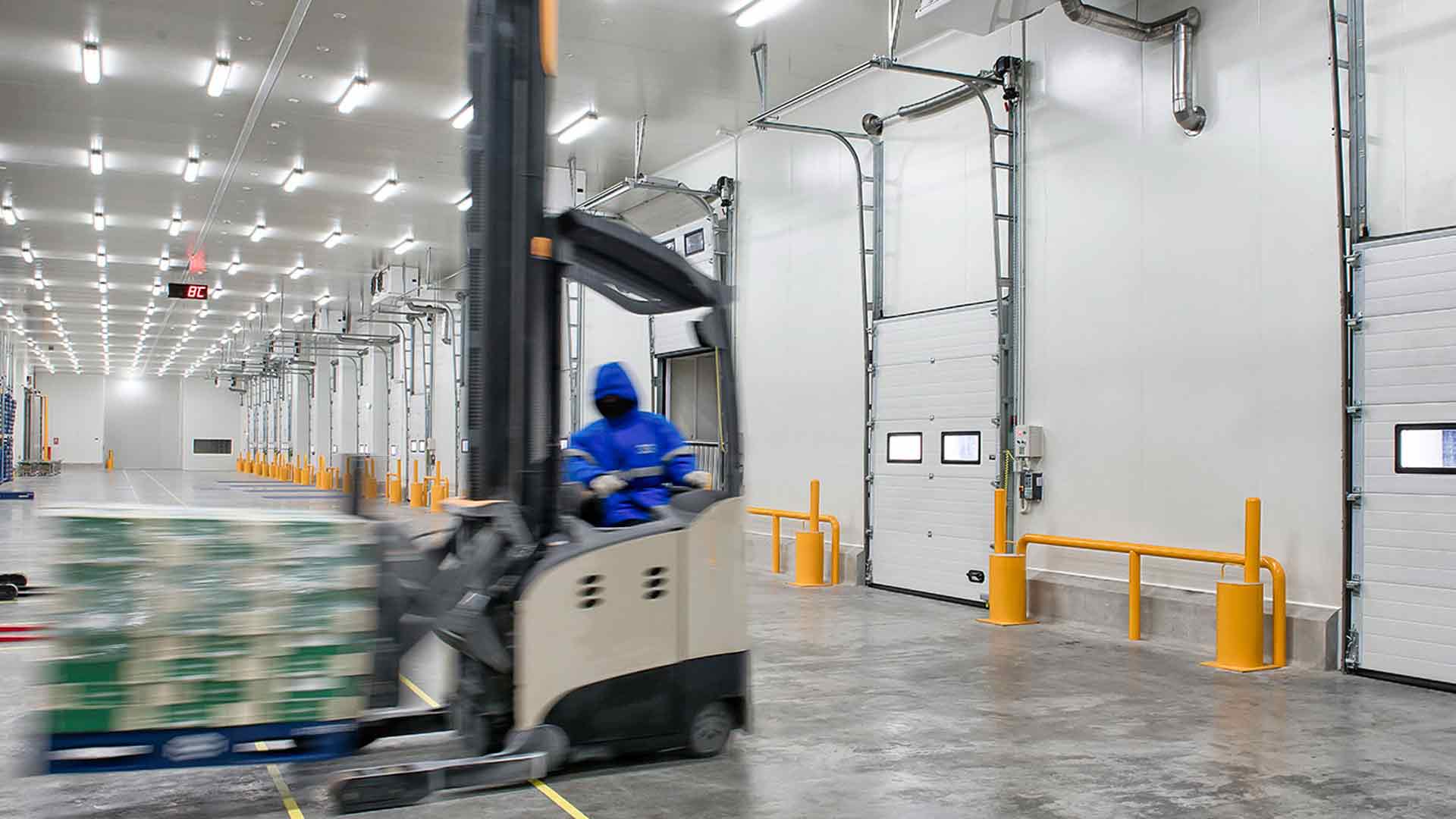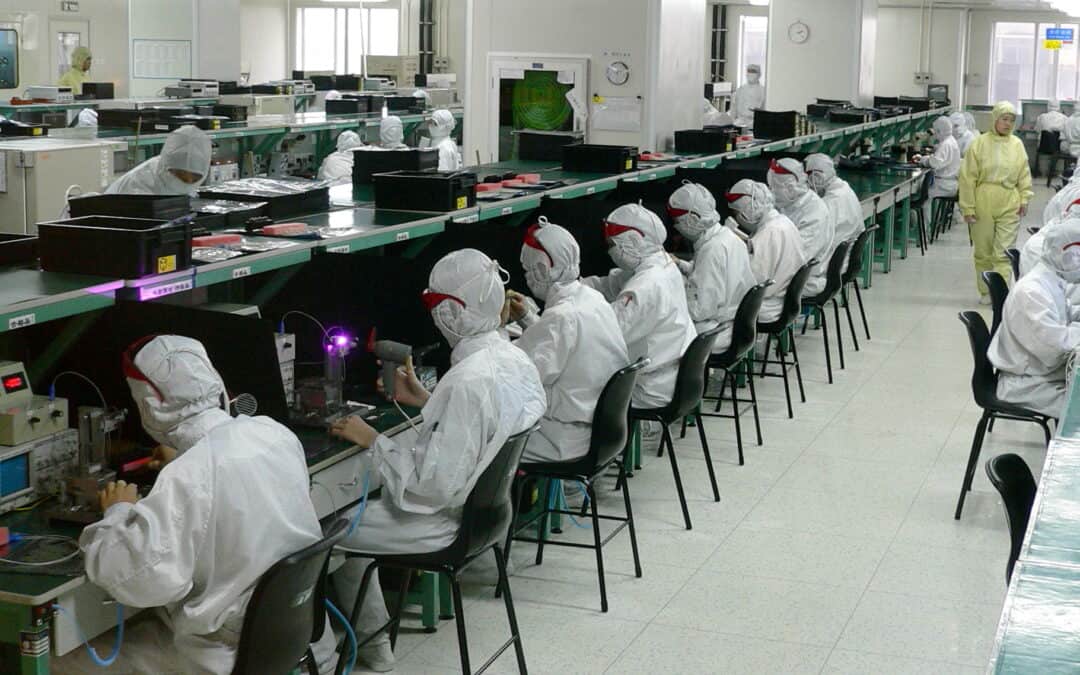Ever wondered how much electricity your industrial dehumidifier chews through? It’s a common question, especially when you’re trying to balance operational efficiency with energy costs.
Industrial dehumidifiers are powerhouses, designed to handle high humidity levels in large areas. However, their power requirements can vary significantly. Factors like the dehumidifier’s capacity, running time, and the specific model can all influence the energy consumption.
Understanding the electricity usage of your industrial dehumidifier can help you make informed decisions about its operation. Let’s delve into the specifics and help you better understand your dehumidifier’s energy footprint.
Factors Affecting Energy Consumption of Industrial Dehumidifiers
When you’re planning the operation of your industrial dehumidifier, it’s vital to understand the variables that can influence its energy consumption.
Capacity is the first major factor. In essence, the greater the capacity of your dehumidifier, the more electricity it’ll utilise. Why so, you ask? It’s simple. A machine with a higher capacity has to do more work, triggering a higher power consumption. For example, a dehumidifier designed to cover 500 square feet will use less electricity than one meant for 1000 square feet. So, it’s a crucial aspect to consider when evaluating the operational costs of these appliances.
Another significant factor is the running time. How long your machine operates daily will undoubtedly affect its power usage. As you’d expect, running your dehumidifier for longer periods means it’ll consume more energy. Conversely, if you dial down its operating hours, you’ll see a drop in power consumption.
Finally, you can’t overlook the impact of the specific model of your industrial dehumidifier. Like any other appliances, dehumidifiers aren’t created equal. Some models are designed with energy efficiency at the core of their operation, while others may prioritise performance or capabilities over energy conservation. Hence, always check the energy rating of the dehumidifier before making a purchase decision.
Let’s illustrate how these factors can impact the energy usage of an industrial dehumidifier using the following table:
| Factor | Impact |
|---|---|
| High Capacity | High Energy Consumption |
| Long Running Time | High Energy Consumption |
| Energy-efficient Model | Low Energy Consumption |
Keeping these variables in mind will give you a clear picture of what to expect in terms of power usage and cost, giving you an upper hand in managing your industrial dehumidifier efficiently. With this knowledge, you’ll be able to balance the need for humidity control with your budgetary constraints.
Dehumidifier Capacity and Energy Usage
Your industrial dehumidifier’s capacity plays an undeniably pivotal role in its energy usage pattern. Understanding this connection is key to managing your energy costs. Even minute differences in capacity could lead to notable changes in energy consumption.
Industrial dehumidifiers come in a range of sizes, from small 30-litre to more robust 50-litre options. Notably, capacity refers to the quantity of moisture that a dehumidifier can extract from the air within 24 hours. This distinction is critical, as higher capacity models generally consume more energy per hour of operation than their smaller counterparts.
To give you a clear perspective, here’s a simple comparative table that shows the average energy usage by dehumidifiers of different capacities. The assumption is that these dehumidifiers run for 8 hours each day.
| Dehumidifier Capacity (Pints/Day) | Mean Energy Consumption (kWh/Day) |
|---|---|
| 30 | 2.8 |
| 40 | 3.7 |
| 50 | 4.8 |
Don’t be swayed by the higher energy consumption of large-capacity units. It’s worthwhile to bear in mind the efficiency factor. High-capacity dehumidifiers often prove more energy-efficient. For instance, a 50-litre dehumidifier may consume less energy to remove x units of moisture than two 25-litre units working in tandem. Balance is key, and understanding how capacity impacts energy use is crucial to operational efficiency.
Heading into our next section, we’ll delve into understanding the links between dehumidifier run times and overall energy usage. This understanding will provide fresh insights enabling you to further improve the energy efficiency of your industrial dehumidifier operation.
The Impact of Running Time on Energy Consumption
Often, it’s overlooked that the total running time of an industrial dehumidifier vastly impacts the total energy consumption. While a higher capacity model might draw more power per hour, the length of time you run your dehumidifier can significantly amplify this amount.
For example, let’s take a smaller capacity dehumidifier running longer hours versus a large capacity model running less frequently. The smaller model, continuously running, may consume more energy over the same period.
To shed more light on this subject, consider the hypothetical scenario below:
| Dehumidifier Capacity (litres) | Running Time (hours/day) | Energy Consumption (kWh/day) |
|---|---|---|
| 10 | 24 | 7.2 |
| 20 | 12 | 9 |
In this situation, the smaller unit is consuming less energy per hour (0.3 kWh), but because it runs 24 hours per day, it ends up consuming more energy overall (7.2 kWh/day). On the other hand, the larger unit has a higher hourly consumption (0.75 kWh) but runs only half the day, leading to overall lower consumption (9 kWh/day).
These numbers stress the importance of a proper balance between dehumidifier capacity and running time.
So, while large capacity models might generally eat up more power per hour, it’s the total running hours that’ll tip the scale concerning total energy consumption.
To optimise your energy usage, it’s crucial to consider both the capacity of the dehumidifiers and their expected running time. If you’re aiming for optimal efficiency, you might want to adjust the run times of your dehumidifiers based on these factors.
Next, we’ll dive deeper into how alterations in humidity levels impact the energy consumption of industrial dehumidifiers.
Energy Efficiency of Different Dehumidifier Models
As you consider the impact of running time on your energy usage, it’s crucial not to overlook the role dehumidifier models play. Model choice is an important factor in the overall energy efficiency of your operations.
Huge, high-capacity industrial dehumidifiers are often promoted as energy savers. They promise a ‘bigger bang for your buck,’ but that’s not always the true story. Remember, we mentioned the correlation of energy consumption and running time. It’s a more complex equation, where model size also contributes significantly.
Let’s delve deeper into this context. Larger models, although they ‘hog’ more power, are often more effective with less running time. They cover large areas quickly, sucking out moisture efficiently, and hence, you may run them less frequently. But what about smaller models?
Smaller dehumidifiers may consume less energy per hour, but they may have to be run longer to achieve the same level of dehumidification, particularly in larger spaces or in areas with high moisture levels. In the long run, they might consume more energy than if you’d used a larger model.
To put this into perspective, let’s consider two models of industrial dehumidifiers and their energy usage based on running time:
| Dehumidifier Model | Capacity | Energy Consumption per hour (kWh) | Running Time (Hours) | Total Energy Consumption (kWh) |
|---|---|---|---|---|
| Model 1 (Large) | High | 6.2 | 5 | 31 |
| Model 2 (Small) | Low | 4.2 | 8 | 33.6 |
Given the above data, even with higher energy consumption per hour, the larger industrial dehumidifier (Model 1) uses less energy overall, due to the lesser running time needed.
This serves as a snapshot and your individual needs may vary. Considerations like the size of the space, moisture level, and other factors, should play a role in your choice. Striking this fine balance will help you achieve optimal energy usage and make an informed decision when choosing the specific dehumidifier model for your needs.
Tips for Reducing Energy Consumption of Industrial Dehumidifiers
This section of our discussion shines a light on various strategies to reduce the energy consumption of industrial dehumidifiers. Yeah, that’s right – it’s not just about the model you choose or the running time. There are other aspects to consider as well.
Proper maintenance is one surefire way of enhancing your dehumidifier’s performance and consequently reducing its energy consumption. A well-maintained dehumidifier is an efficient dehumidifier. Make sure the coils are clean and the air filter is not clogged. Yes, you might need professional help here and there but in the end, it pays off.
Another important tip is correctly sizing your dehumidifier. Remember, an oversized unit will consume more power per hour. On the flip side, an undersized unit will have to run for longer periods to achieve the desired humidity levels, consuming more power over time. So, striking the right balance is crucial.
But how do you ensure a balance? Well, a detailed initial assessment of your space is the answer. Take into account the size of the area, the volume of moisture to be removed, ambient temperature, and so on when choosing a dehumidifier model. Moreover, always adhere to the manufacturer’s recommendations.
Finally, consider running your dehumidifier during off-peak hours. Power companies often charge lower rates during these hours, meaning you could save considerably on electricity costs.
In a nutshell, maintain your dehumidifier regularly, size it correctly based on a thorough assessment, and run it during off-peak hours for optimal energy usage.
Conclusion
So, you’ve seen how the running time and model of your industrial dehumidifier can greatly impact energy consumption. It’s clear that bigger isn’t always better – while larger dehumidifiers use more energy per hour, they often need less running time. This could mean less overall energy usage compared to smaller models that run for longer. Remember, choosing the right dehumidifier for your space and moisture level is key to optimising energy use. Don’t forget those energy-saving tips either – proper maintenance, correct sizing and off-peak operation can all help to keep those electricity bills down. It’s all about making smart, informed choices for your industrial dehumidifier needs.




